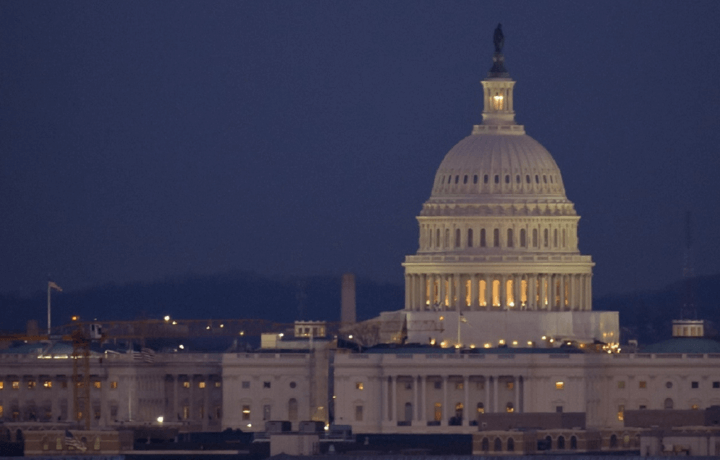Every year, the United States Congress oversees the annual budget and expenditures of the U.S. Department of Defense (DoD), and this is addressed primarily through two yearly bills including the National Defense Authorization Act (NDAA) and the defense appropriations bills. The latter actually provides the funds, but it is the NDAA that determines the agencies that are responsible for defense, and establishes the recommended funding levels, while also setting the policies under how the money will be spent.
The 2021 NDAA marked the 60th consecutive year that defense authorization was enacted.
Over the past six decades there have been a few notable controversies as well as milestones that came with the passage of the authorization. The NDAA for Fiscal Year 2012 was noted for containing several provisions that authorized the indefinite military detention of civilians including U.S. citizens; while the NDDA for Fiscal Year 2020 formally established the United States Space Force as the sixth branch of the U.S. military.
Committees of Jurisdiction
The House Committee on Armed Services (HASC) and the Senate Committee on Armed Services (SASC) are provided jurisdiction over all bills, and resolutions, as well as other matters relating to the common defense of the United States under the Rules of the House and Senate.
In the 116th Congress, the HASC established six subcommittees including:
- Tactical Air and Land Forces
- Military Personnel
- Readiness
- Seapower and Projection Forces
- Strategic Forces
- Intelligence and Emerging Threats and Capabilities
The SASC also established seven subcommittees:
- Airland
- Cybersecurity
- Emerging Threats and Capabilities
- Personnel
- Readiness and Management Support
- Seapower
- Strategic Forces
Space Provisions
The NDAA for FY21 also includes several key provisions that address national security as it relates to space and the United States Space Force.
This included the Secretary of the Air Force providing a report on the selection process and criteria to determine a permanent site for Space Command headquarters – which has now been addressed, as Redstone Army Airfield, Alabama was named as the future location last week.
The Space Force is also directed to start research and development projects to promote competition in the National Security Space Launch program, while NDAA authorizes up to $90 million for FY21 R&D programs that are focused on launch technologies.
Additionally, the Pentagon is to establish a small launch and satellite policy that will provide responsive and reliable access to space through the processing and launch of DoD small-class payloads.
Notable Provisions for Small Contractors
There were several notable provisions in the NDAA for FY21 that addresses the areas of importance to government contractors, and those include acquisition policy and management, supply chain and industrial base matters, cybersecurity, and small business issues. The NDAA for FY21 expands transparency and reporting requirements for contractors.
The authorization also updates the defense quantum information science and technology research and development program, which could likely allow small and medium-sized It businesses to expect increased government contracting opportunities, while there is now increased initiatives to support small business in the national technology and industrial based. The section specifically calls for the DoD to enter into agreements with government contractors that already provide services to military departments or other defense agencies.
The NDAA amends the Small Business Act, which extends the period of measurement for employee-based size standards from 12 months to 24 months. As a result, a company would be small if the average of its employees for each pay period during the prior 24 months is below the applicable size standard. This has been seen as a welcome change as it will provide added flexibility to firms to qualify as small even if they have a temporary spike in employment in a given year, but then face a downturn in their employees in the following year.
The authorization also requires the DoD to assess their cybersecurity components against the Cybersecurity Maturity Model Certification (CMMC) and submit a report of their findings to the congressional defense committees. Those requirements may have the potential to slow down the implementation of CMMC, which is already behind schedule from DoD’s original implementation targets.




